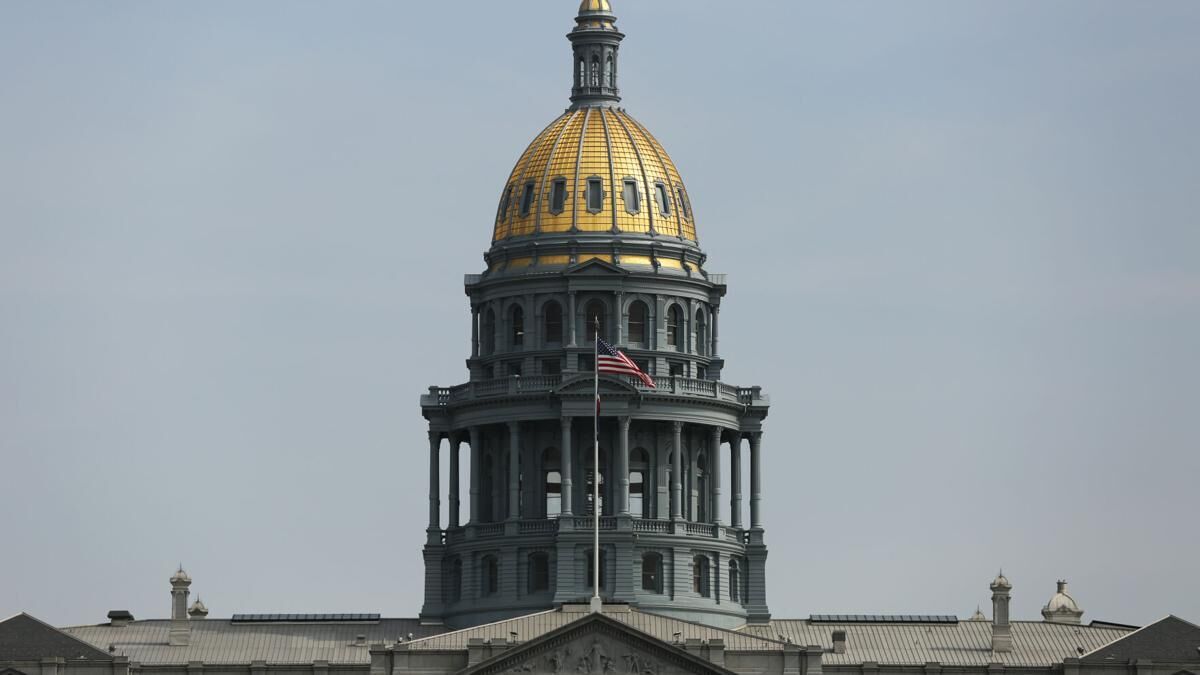How a federal government shutdown could affect Colorado
A deadline in Washington looms with Federal government funding set to expire on Oct. 1. Congress and President Joe Biden have until midnight on Sept. 30 to pass a funding plan that the president would sign into law.
Failure to enact funding legislation before the deadline will result in a government shutdown, leading to the furlough of millions of government workers around the nation. Government workers deemed essential, such as military personnel will continue to work during a shutdown, but many essential workers could not receive pay until the funding impasse is resolved.
How could a federal government shutdown affect Coloradans?
According to numbers prepared by the House Budget Committee’s Democratic staff from publicly available databases, Colorado could see some of these possible consequences, should a shutdown occur:
• The Small Business Administration would stop processing small business loans, halting a program that provides $853,625,400 in funding to small businesses in Colorado every year.
• 72,432 people flying through Colorado airports every day could face potential delays and safety concerns due to staffing impacts on TSA agents and air traffic controllers. Air traffic controllers and TSA screeners are deemed essential workers — however, those people won’t be paid until the shutdown ends, and TSA lines could grow longer if enough screeners stay home.
• 87,752 people in Colorado would soon lose access to Special Supplemental Nutrition Program for Women, Infants, and Children (WIC) benefits.
• 43,634 federal workers in Colorado would be furloughed or forced to work without pay, in addition to the many employees of businesses with government contracts who could be laid off, furloughed, or see their hours cut.
• Workers at the Food and Drug Administration (FDA) would be sidelined, risking interruptions and delays to the 186 food safety, pharmaceutical manufacturing, and other inspections conducted in Colorado last year.
• The Department of Agriculture would be forced to stop processing housing loans, which provide $114,787,932 in funding to help 445 families in rural Colorado communities buy homes every year.
• The Department of Agriculture would be forced to stop processing farm loans which provide $61,223,000 in funding for farmers in Colorado every year.
• 572,261 Supplemental Nutrition Assistance Program (SNAP) beneficiaries in Colorado would lose access to benefits in a prolonged shutdown. The Agriculture Department told AP that regardless of what happens in Washington this weekend, households will receive SNAP assistance as usual through October.
• 7,434,361 people who visit national parks in Colorado every year could be turned away or unable to fully access parks, monuments, and museums. Of recent note, the national parks were not closed during the 2018-19 federal shutdown. During a brief shutdown in 2013, then Colorado governor John Hickenlooper used $362,700 in state funds to keep the state’s national parks open during the shutdown from Oct. 117, 2013. On Thursday, Jared Polis’ office announced an executive order directing the Colorado Department of Natural Resources to develop a plan for continued operations and resource protection of Colorado’s National Parks and other federal lands in the event of a federal government shutdown.
• State governments would be forced to pay for federal services like the Temporary Assistance for Needy Families (TANF) program, potentially risking benefits for the 29,083 TANF beneficiaries in Colorado.
For some governmental agencies which aren’t funded by annual appropriations, such as Social Security, the U.S. Postal Service, and the United States Mint, it will be business as usual.
But a prolonged shutdown could create broad economic impact. The most recent government shutdown from Dec. 22, 2018, until Jan. 25, 2019, was also the longest at 34 days. That shutdown erased $11 billion in economic output, according to research from the Congressional Budget Office. About $8 billion was later recovered, but $3 billion was permanently drained.
Each week the federal government is shut down would amount to a 0.2 percentage point drag on GDP, Bankrate reports.






